Over the many years I've been doing winery compliance work I've learned to become comfortable with playing the role of party pooper. The compliance department gets to inform the owners, winemakers and other decision makers what is kosher and what is not. So with this newest trend of placing QR codes on wine labels I did a little follow up with the TTB to find out what the compliance impact using them will have.
Just in case you are not familiar yet with QR codes they are a specific type of barcode, about the size of a postage stamp which can be read by smart phones such as the i-phone. When read by your smart phone they will take you to a website link which will tell you more about the product itself (In this case, the wine), or perhaps about the winery. The information in these links is commonly presented in video format.
What does that mean for those of us compliance "party poopers"? Per TTB regulations any information that appears on a wine label which describes the wine itself is directly regulated in its use. If a wine label claims certain details about the wine's style, how it was made, where the grapes were grown, etc. then the winery must maintain detailed records to back all that up.The same federal requirements hold true for any information which is provided to a customer who uses their smart phone to read a QR code which takes them to a brief video of the winemaker talking about the same types of details I just listed above. Perhaps some of that same information was not on the actual label but is referred to in the video. The TTB regulation apply across the board. Whatever information about the wine that the consumer is lead to by accessing a wine label's QR code is considered either labeling or advertising material by the TTB and so subject to their regulations. Plain and simple.
So there, I've said my "party pooper" piece for the day. On another note in relation to this newer wine label trend of using QR codes I do think they are a smart move on the part of wineries who are opting to use them. Anything to make the wine shopping experience more interactive for wine consumers is a smart move especially when the consumer is not at the winery but rather standing in a store staring at a long shelf of wines with little idea what to buy.
